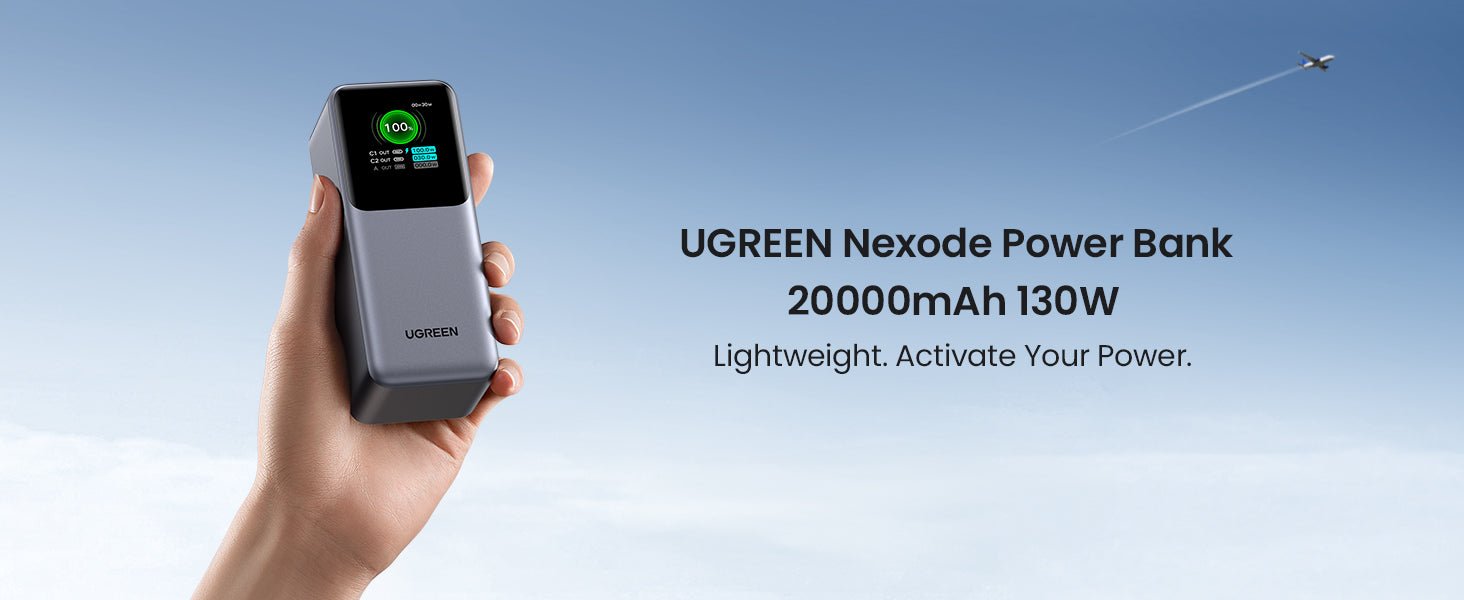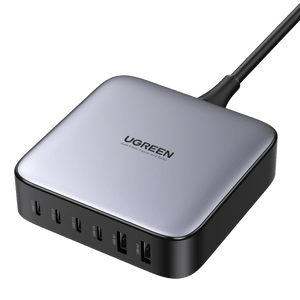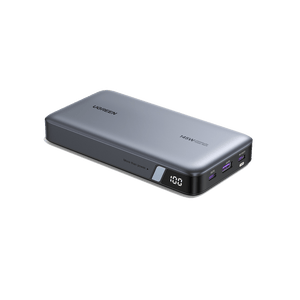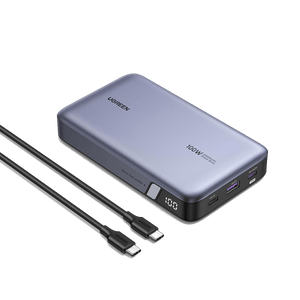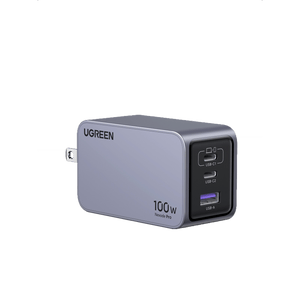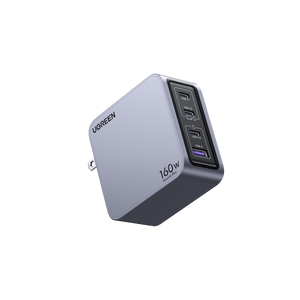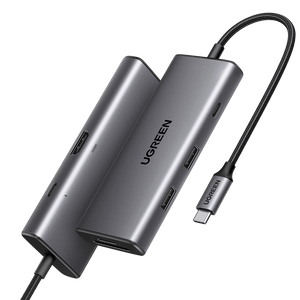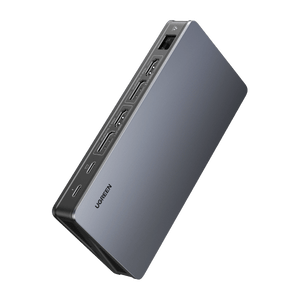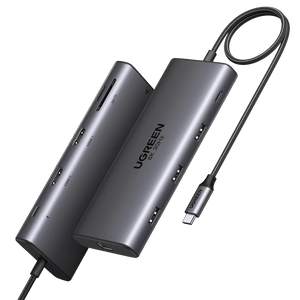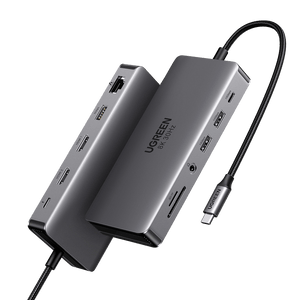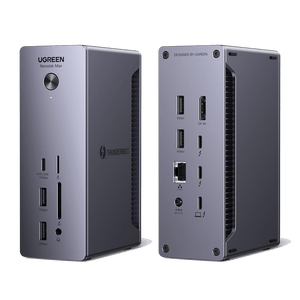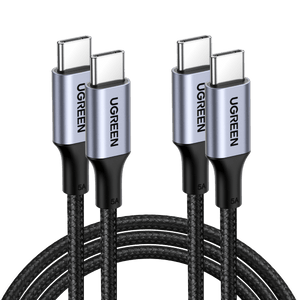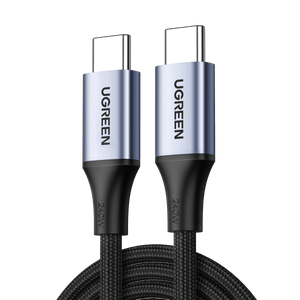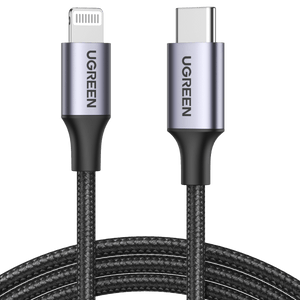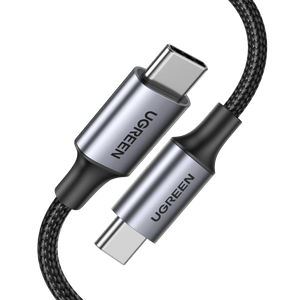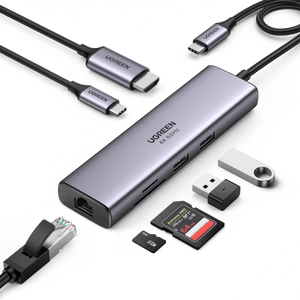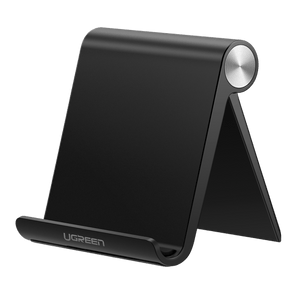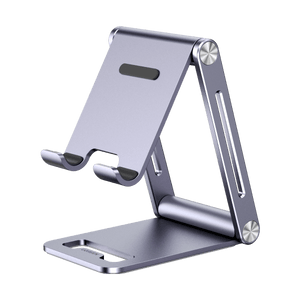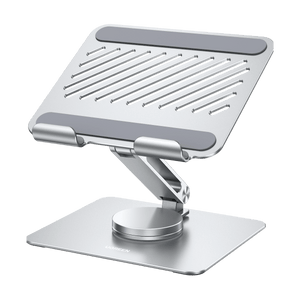Is iPhone 16 USB-C? Complete iPhone 16 Charging Guide
As we gear up for the launch of the iPhone 16, a pressing question on everyone's mind is: is iPhone 16 USB C? With the previous iPhone 15 series transitioning to USB-C from the traditional Lightning connector, this shift has stirred significant interest and speculation among users and tech enthusiasts alike. In this article, we'll explore what USB-C means for the iPhone 16, its advantages, potential drawbacks, and what users can expect from Apple’s latest flagship device.

Does the iPhone 16 Use USB C?
Is the iPhone 16 using USB C? Yes. The iPhone 16 continues using USB C on its brand-new flagship model as the iPhone 15 series did. This move aligns with Apple’s broader strategy to streamline its product ecosystem and comply with regulatory standards.
For iPhone users, the transition from lightning port to USB C means a more unified experience across devices, simplifying the charging process and reducing the number of cables needed. iPhone lovers can now consider investing in an iPhone charger that utilizes USB-C for charging convenience on the go.
iPhone Charging Port History
Over the years, Apple has continuously updated the features of its iPhones, from the design to the software. One of the most significant changes in recent years was the switch from the traditional headphone jack to the lightning port. This move was met with mixed reactions from consumers, with some praising Apple for embracing wireless technology and others lamenting the loss of a universal port.
With the rise of USB-C as the new standard in charging and data transfer, many tech enthusiasts have been eagerly awaiting Apple to make the switch. Unlike its predecessors, USB-C features a reversible design, allowing users to plug it in either way. This design significantly enhances convenience and efficiency. Using a USB C charger can provide a substantial boost in speed and efficiency.
One of the standout features of USB-C is its impressive data transfer speeds. It can support USB 3.1 and USB 3.2 standards, enabling transfer speeds of up to 10 Gbps and 20 Gbps, respectively. This remarkable speed allows users to quickly transfer large files, making it an invaluable tool for anyone dealing with high-definition videos or extensive photo libraries.
Why did Apple Change from Lightning Port to USB C?
Rumors of Apple adopting USB-C for the iPhone 16 have been circulating for quite some time. Apple's decision to transition from the Lightning port to USB-C can be attributed to several key factors.
1. Wider Adoption: USB-C is becoming the industry standard across many devices, including laptops, tablets, and smartphones. This shift allows for a more uniform charging and data transfer experience.
2. EU Legislation: The European Union has been pushing for a common charging standard to reduce electronic waste and consumer inconvenience. This regulatory pressure likely influenced Apple's decision.
3. Faster Charging and Data Transfer: USB-C supports higher power delivery for faster charging and can offer superior data transfer speeds compared to Lightning, enhancing user experience. The adoption of USB-C may also lead to the popularity of accessories like GaN chargers, which can provide efficient power delivery. Click to read more: Understanding GaN Chargers.
4. Future-Proofing: As technology evolves, adopting USB-C allows Apple to stay aligned with emerging trends and user needs, ensuring compatibility with future devices and accessories.
5. Environmental Considerations: By moving to a universal standard, Apple can help reduce e-waste associated with multiple charger types and cables, aligning with its sustainability goals.
6. Staying Competitive: Embracing USB-C allows Apple to remain competitive in a market where many manufacturers have already adopted this standard, ensuring its devices meet consumer expectations.
The shift to USB-C reflects a combination of standardization, regulatory influences, performance improvements, environmental considerations, and competitive strategy. Luckily, no matter what cables you’ve already invested in, a USB C to Lightning cable can help you go easily with the transfer.

Benefits of Using USB C on iPhone 16
The transition of lightning cable to USB-C for the iPhone 16 introduces several notable benefits that can enhance the overall user experience and, at the same time, bring concerns and drawbacks too.
Wide Compatibility
One most significant advantages of USB-C is its universal compatibility. This standard is widely used across various devices, allowing users to utilize the same cable and charger for multiple gadgets. This capability reduces clutter and simplifies your tech setup, especially for those with several devices. Brands like Ugreen are already producing high-quality USB-C accessories, ensuring users have various options to choose from.
Transfer Data Fast
One of the primary advantages of USB-C is its accelerated data transfer capabilities. The iPhone 15 Pro models already feature USB-C ports that support USB 3.2 Gen 2 speeds of up to 10 Gbps. This speed is substantially faster than the 480 Mbps offered by the Lightning connector, making it ideal for users who often handle large files.
Charge Phones Faster
USB-C supports higher power delivery, enabling faster and more efficient charging. The iPhone 16 Pro models are expected to support up to 40W wired charging speeds with compatible USB-C power adapters. This means you can recharge your iPhone rapidly, minimizing downtime and keeping you connected longer. Additionally, many users are turning to a wireless charger for iPhone to take advantage of the convenience of cable-free charging.
Future-Proofing
As more devices adopt USB-C, transitioning to this standard can help ensure compatibility with future technology.
Drawbacks of iPhone 16 Using USB C
Despite the myriad benefits, the transition from lightning cable to USB-C on the iPhone 16 also raises some concerns and drawbacks.
Accessory Compatibility
Existing accessories that use the Lightning connector will no longer be compatible without an adapter, which could lead to additional costs for users. Users who have invested in Lightning-based accessories may need to buy new USB-C-compatible versions. This transition could be inconvenient and potentially costly.
Transition Period
Users may need to adjust to the new standard, which could be inconvenient during the transition phase.
Market Confusion
With multiple charging standards available, some users may be confused about which cables and chargers to use with different devices.
Potential for Quality Variability
The quality of USB-C cables and chargers can vary widely, leading to concerns about safety and performance.
Brand Loyalty Impact
Some long-time Apple users may feel alienated by the shift, especially if they've invested in a collection of Lightning accessories.
Overall, while the move to USB-C offers significant benefits, especially in terms of compatibility and performance, it also presents challenges that users will need to navigate.
Why Does the iPhone 16 Charge Slowly?
Using an Incompatible Charger
A mismatched charger can significantly reduce charging speed. The iPhone 16 series supports fast charging up to 45W, enabling a quicker and more efficient power-up. To maximize this capability, ensure you’re using a compatible charger that meets Apple’s specifications.
Extreme Temperatures Affect Charging
Charging your iPhone 16 in overly hot or cold conditions can slow the process and potentially damage the battery. Apple advises maintaining your device within a temperature range of 32°F to 95°F (0°C to 35°C) to ensure optimal charging performance and battery health.

What’s New with the iPhone 16 Series?
Except for the USB C charging port, here are more highlights that were expected with the new iPhone series:
1. Design Changes: A potential redesign with thinner bezels and possibly a more refined camera module.
2. Camera Enhancements: Improvements in the camera system, including better low-light performance and advanced computational photography features.
3. Display Technology: Possible upgrades to ProMotion displays with higher refresh rates and improved brightness.
4. Processor: The introduction of a new A17 chip, promising better performance and improved energy efficiency. Battery Life: Enhancements aimed at extending battery life through both hardware and software optimizations.
5. Software Features: New iOS features tailored specifically for the iPhone 16's hardware capabilities.

Conclusion
So, is the iPhone 16 USB-C? Yes, the iPhone 16 will feature a USB-C port, following the trend set by the iPhone 15 series. The decision to switch to USB-C for the iPhone 16 is a combination of technical considerations, market trends, and consumer demand. While many users would welcome the change, many users with existing Lightning accessories won’t. Apple will need to carefully weigh the pros and cons and finally embrace the benefits that USB-C brings to the table.
FAQs About iPhone 16 Charging Issues
About the newest iPhone serious, here are more frequently asked questions people curious about.
Why is my iPhone charging slow at 80%?
While charging, your iPhone might feel a bit warmer than usual. To prolong battery life, if the battery becomes excessively warm, the software could restrict charging beyond 80 percent. Charging will resume once the temperature decreases. Consider relocating your iPhone and charger to a cooler spot.
How long does an iPhone 16 take to charge?
Under optimal conditions, you can fast charge your iPhone from 0% to 50% in just 30 minutes, reaching a full 100% charge in approximately 2 hours. The iPhone 16 and iPhone 16 Pro are equipped to handle fast charging through the wired USB-C port with compatible fast-charging power adapters, as well as through the latest generation of wireless MagSafe chargers.
What are the advantages of USB-C over Lightning for iPhone users?
USB-C offers faster charging, higher data transfer speeds, and universal compatibility with various devices, making it a significant upgrade.


